THE 10 ESSENTIALS FOR PHILIPPINE WILDERNESS ADVENTURE
Venturing into the lush and untamed wilderness of the Philippines is a thrilling adventure, but it comes with risks. That's why experienced outdoor enthusiasts know the importance of packing the '10 Essentials' – a collection of vital gear and supplies for survival and safety in the Philippine backcountry. These are the key items you need to carry, even on day hikes, to stay prepared for unforeseen situations that could arise in the wild.
- Backpack
- Clothing
- Footwear
- Water
- Food
- Navigation tools
- Communication tools
- Light source
- First aid
- Shelter
Continue reading below to learn more about the 10 Essentials
1. BACKPACK

A backpack offers efficient storage for essential gear, keeping things organized, and allowing for hands-free mobility.
Options
- Regular backpack
- Hiking backpack
- Travel backpack
- Hydration backpack
- Climbing backpack
Not having a backpack may result in limited carrying capacity, reduced mobility and comfort, increased risk of losing or damaging gear, difficulty in accessing and using gear, and safety concerns due to potential exposure to the elements and limited access to supplies and emergency resources.
Learn More About Backpacks
2. CLOTHING

Clothing plays a pivotal role in shielding our bodies from rough surfaces, rash-causing plants, insect bites, splinters, thorns and the negative effects of hot, wet and cold weather conditions.
Options
HOT AND HUMID WEATHER
- Head covering: Wide-brimmed hat, cap or scarf.
- Upper body: Relaxed-fit, long-sleeved garments (preferably made from lightweight, moisture-wicking fabric for quick-drying comfort)
- Lower body: Loose-fitting, ankle-length trousers (preferably made from lightweight fabric)
- Wearing short sleeves and short pants may allow more air flow and reduce sweating in a hot weather. However, it also means that wearing short sleeves and short pants may expose your arms and legs to scratches, cuts, punctures, bites, or sunburn while walking through rough terrain and dense vegetation.
- An umbrella may be used in less windy or safer trail conditions.
- Natural shade from trees, overhanging rocks, or other natural features in the environment.
RAINY WEATHER
- Rain jacket
- Poncho
- Quick-drying clothes for both upper and lower body.
- Long sleeves and long pants may protect your skin from rough terrain and dense vegetation, but they can also get wet and heavy easily. This can keep you wet and cold for a longer time and increase the risk of cold-related illnesses.
- A plastic or waterproof cover, such as trash bag, for impromptu protection against sudden light rain or drizzle
- An umbrella may be used in less windy or safer trail conditions.
- Natural cover from overhanging rocks, or other natural features in the environment.
COLD TEMPERATURES (higher altitudes)
- Extra clothes for layering
- Clothing that fit snugly but not too tightly, and that don’t sag or bunch up. They provide warmth, support and moisture-wicking.
- Sweater
- Bonnet
- Scarf
- Gloves
BLISTER REDUCTION
- Anti-blister socks
- Regular socks
Not wearing appropriate clothing may result in skin injuries, heat-related illnesses, discomfort, reduced performance, hypothermia and increased risk of other health issues.
Learn More About Clothing
3. FOOTWEAR

A sturdy footwear protects your feet from ground hazards like sharp rocks, while also offering reliable traction on slippery trails.
Options
- Trail shoes
- Trail boots
- Regular sneakers
- Sandals
- Flip-flops
Not having appropriate footwear may result in increased risk of injuries, reduced mobility and comfort, exposure to environmental hazards, and overall safety concerns. It is crucial to wear suitable footwear that provides proper support, traction, and protection for your feet.
Learn More About Adventure Footwear
4. WATER

Staying hydrated is crucial in the tropical heat, so bring water bottles to carry enough water for your jouney.
Options
- Reusable bottle
- Single-use bottle
- Hydration bladder
- Collapsible bottle
- Water reservoir with spigot
- Water purification tablets or water filter if you are absolutely sure that there are accessible and reliable water sources in your destination.
Failing to hydrate regularly can result in dehydration, reduced endurance and performance, increased risk of heat-related illnesses, impaired decision-making and judgment, and overall health risks.
Learn More About Water Containers
5. FOOD

Bring energy-boosting foods and snacks to keep your energy levels up during the trip. If you're planning an overnight trip, pack ready-to-eat or non-perishable food items.
Options
SHORTER TRIPS: Ready-to-eat or require minimal preparation, such as:
- Bread from local bakeries
- Rice meal from local eateries
- Snacks from street vendors
- Fruits from local fruitstand
OVERNIGHT TRIPS: Foods and snacks that are non-perishable or require minimal preparation, such as:
- Canned foods
- Energy bars
- Biscuits and crackers
Running out of food may result in reduced energy levels, weakened immune system, mental and emotional impacts, increased risk of accidents, and delayed recovery.
6. NAVIGATION TOOLS

If the trail is well-maintained and local guide services are available, navigation tools may not be necessary. However, for those who plans to venture off-trail, consider the following options:
Options
- Handheld GPS device
- Smartphone with offline maps and GPS tracking apps.
- Map and compass (make sure that the paper map is not outdated to avoid confusion and miscalculation)
It is safer to stick to established trails and hire local guides if you can, because the Philippine wilderness can be risky without proper navigation tools. You might get lost, spend too much time and energy, have accidents or injuries, face harsh weather or environment, and rely on unreliable or inaccurate information.
Learn More About Navigation Tools
7. COMMUNICATION TOOLS

Communication tools allow you to stay connected with others in case of emergencies or unforeseen situations in remote or unfamiliar areas.
Options
- Mobile phone ( or a smartphone)
- Two-way radios
- Satellite phone
- Whistle
- Flashlight
- Signal mirror
The lack of communication tools may pose significant risks, including the inability to call for help during emergencies, difficulty in communicating with your group or the outside world, increased vulnerability in hazardous situations, and challenges in obtaining crucial information about weather, trail conditions, or other important updates.
Learn More About Communication Tools
8. LIGHT SOURCE

A light source provides illumination in the dark. This can be particularly useful during night-time activities or in situations where one unexpectedly finds themselves caught in darkness.
Options
- Headlamp
- Handheld flashlight
- Handheld lantern
- Built-in flashlight on smartphones
- Fire starters (match or lighter)
Without a reliable light source, you may face potential risks such as getting stranded or lost in the dark, increased chances of accidents or injuries due to poor visibility, difficulty in navigating trails or finding your way back to camp, heightened vulnerability to wildlife encounters, and increased anxiety or stress in low-light or nighttime conditions.
Learn More About Light Sources
9. FIRST AID KIT

Pack a comprehensive first aid kit that. It's also a good idea to have a basic knowledge of first aid and how to use the items in your kit.
Options
- Standard first aid kit available at local drugstores - may include bandages, antiseptics, medications for common ailments, and any personal medications you may need.
- Improvised first aid kit - may include multi-tool, duct tape and extra clothing.
Not having a first aid kit may result in increased risks from injuries, infections, delayed treatment, and heightened stress.
Learn More About First Aid
10. SHELTER

Bring a portable shelter If you plan to camp overnight. A portable shelter provide protection against the elements, offer a secure place to rest, and aid in recovery.
Options
- Tent
- Hammock
- Tarp
- Bivy sack
- A large trash bag could potentially be improvised as a makeshift shelter in an emergency situation, but it is not recommended as a reliable or sustainable shelter for wilderness camping
- Natural shelters such as caves, rock overhangs, or fallen trees, but these require careful assessment of safety and suitability before use.
- Camper van
Without a shelter for overnight wilderness camping may lead to exposure to harsh weather, increased vulnerability to illnesses, discomfort, and inability to rest.
Learn More About Wilderness Shelter
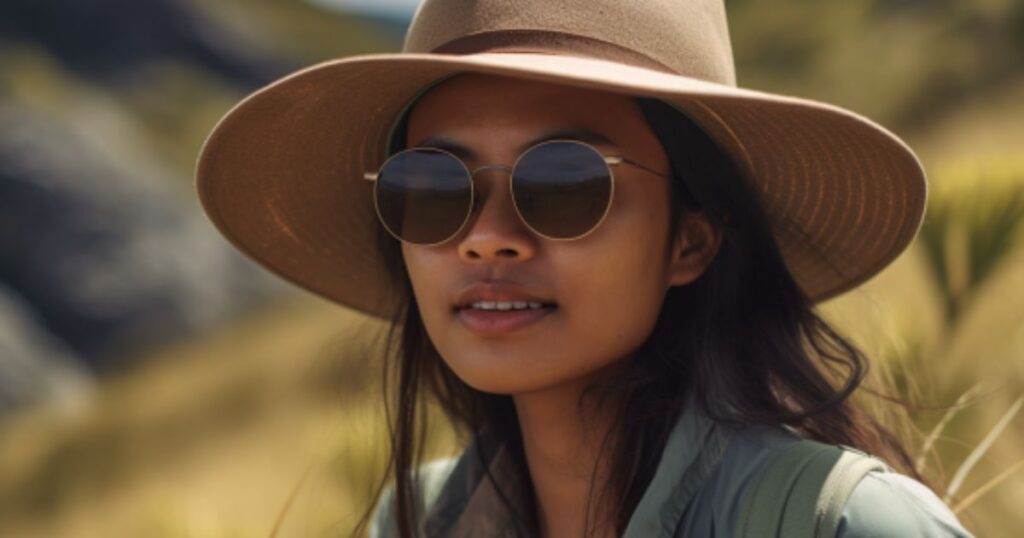

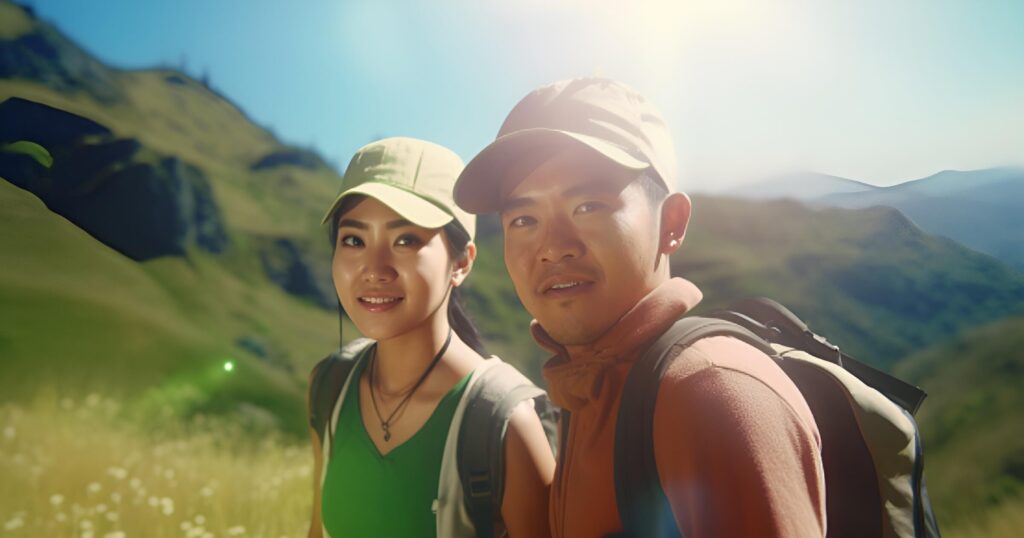
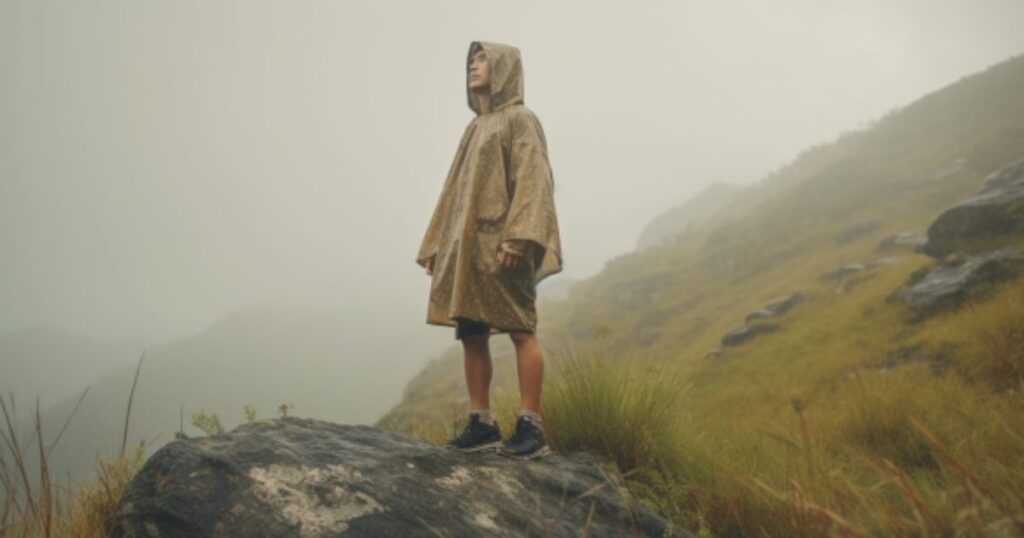

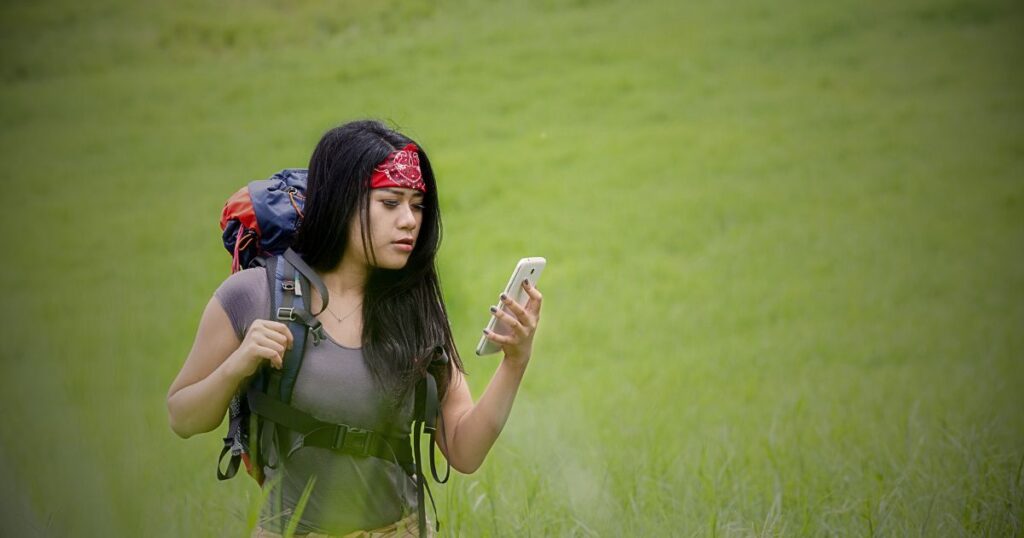
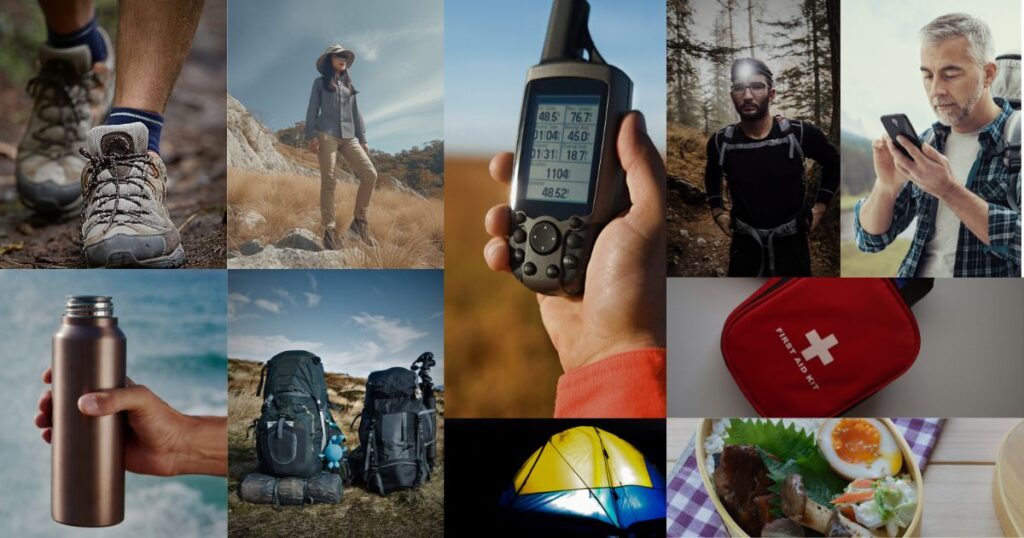
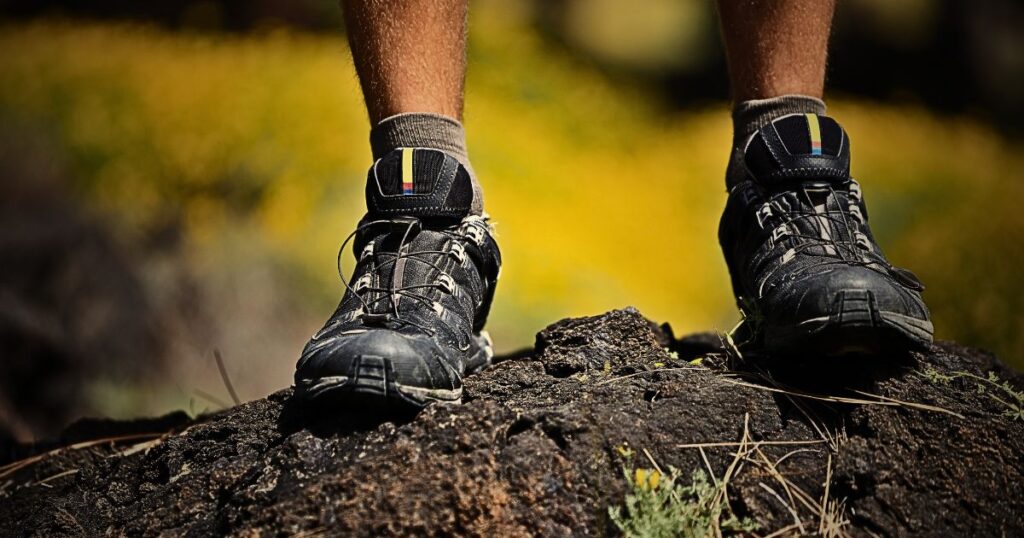
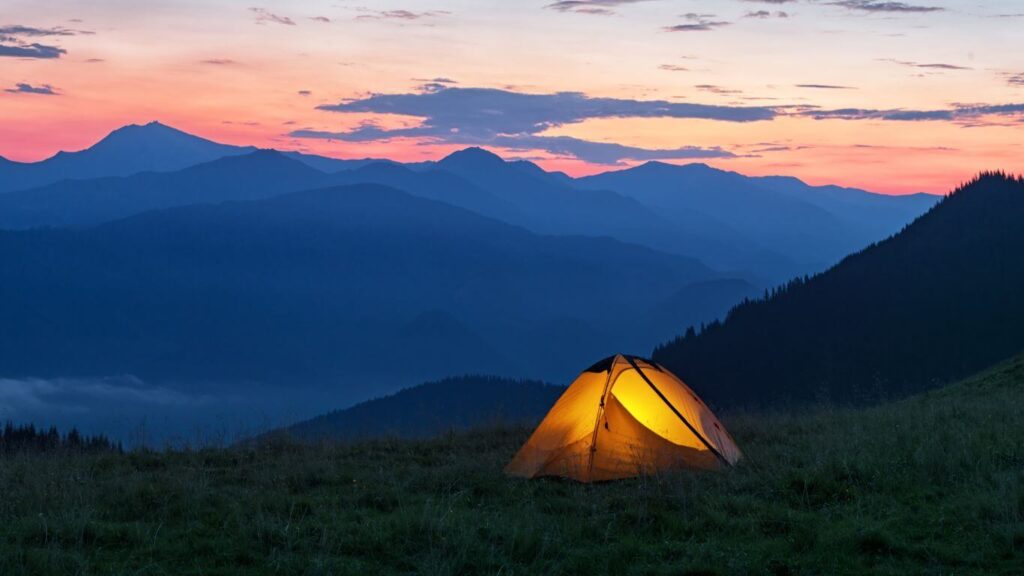


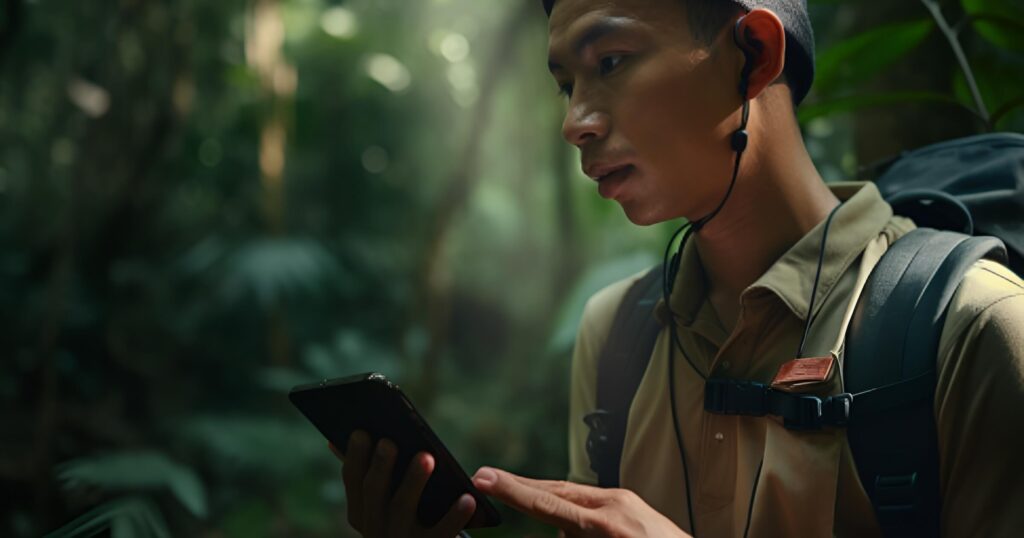
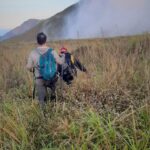

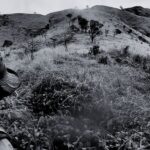

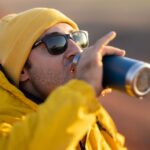


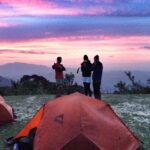

2 comments
Pingback: 10 Dumb Things We Do When We Go To Wilderness – peaksify.com
Pingback: 7 Things Foreigners Should Know About Philippine Hiking – peaksify.com